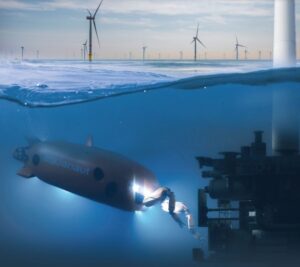
The Defense Innovation Unit (DIU) recently awarded contracts to Nauticus Robotics [KITT] and Greensea Systems to compete on prototypes to help the Marine Corps clear shallow water mines as they move from the sea to land. DIU selected the two companies’ solutions from 67 total submissions as part of a competitive rapid prototyping effort. The two companies are expected to deliver prototype vehicles to the Marine Corps for evaluation by the fall of 2023, DIU said on Oct. 12. DIU…

 By
By 











